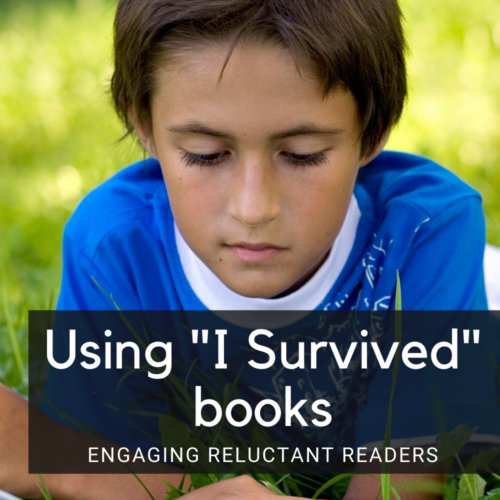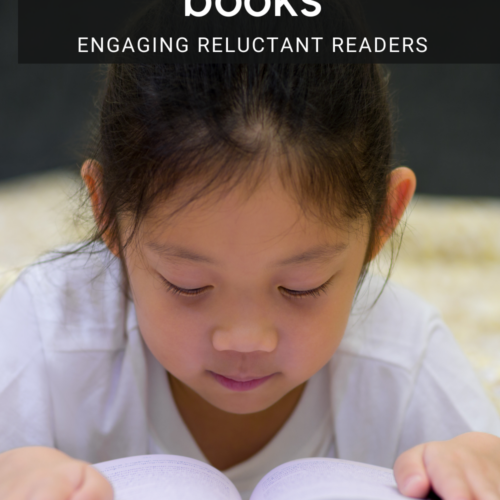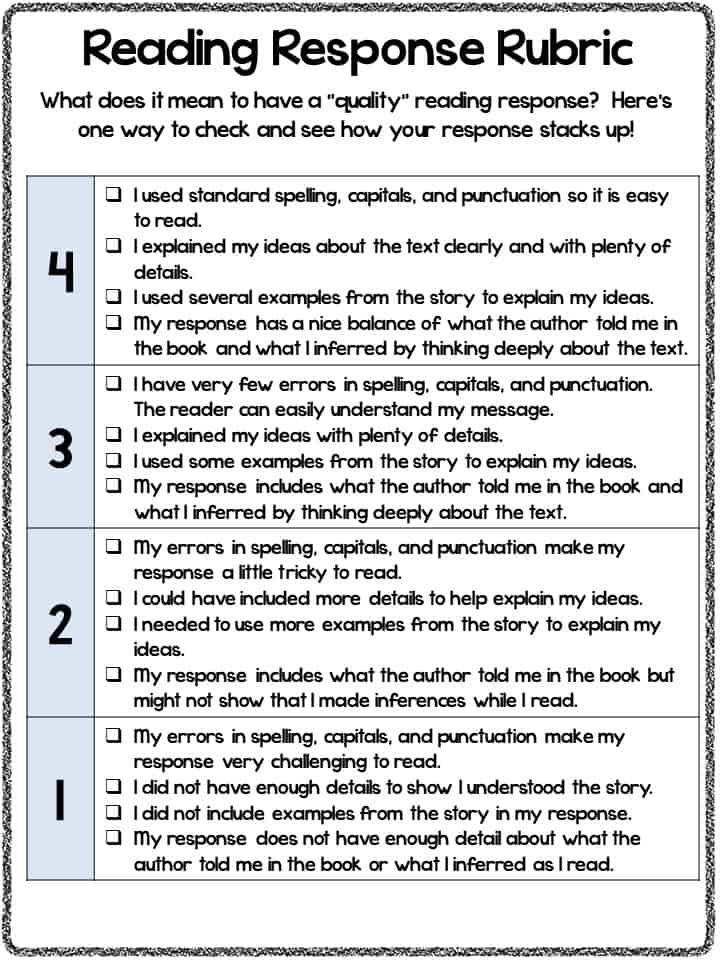







Why I love “I Survived” books
There are so many reasons why using the “I Survived” series is such a great way to engage readers. I’m going to try to showcase a few of them here! Let me start with the obvious–there are SO MANY to choose from! Whether you are a history buff or prefer action stories from more recent times, there is something for everyone!
Speaking of history, let’s be honest. These books are perfect to incorporate into a historical fiction unit. I love to incorporate informational text reading to show the importance of building background knowledge and understanding of setting. (Want more historical fiction help? CLICK HERE to see more!) I love to do research with my students to help them identify the key vocabulary, setting details, and other elements of the “era”. Students LOVE it when they begin reading the books and find the details they had researched! So powerful!
The “I Survived” books are also fantastic for teaching other literary features such as “flashback”. In fact, identifying the time changes in these books is a great way for students to recognize that different books use flashbacks, dreams, and other devices to tell the story. Many students struggle to recognize these time changes, so explicitly teaching them with these books can unlock this for students and help them identify it in other books.
Another great feature of the “I Survived” series is that they have JUST enough “peril” to captivate students. This is particularly important when trying to engage reluctant readers.
Encouraging Reluctant Readers
As you know, the more a student reads, the better they will read. Unfortunately, we always have a population of readers who are “reluctant”, to say the least! Whether reading is a challenge for them or they just haven’t found that “something special” yet, helping pair readers with books they love is so important. This series can be perfect. Why?
- Engaging topics (volcanoes? earthquakes? shark attacks? explosions?)
- “Doable” length. So many books just seem overwhelming when they have hundreds and hundreds of pages
- Seems “grown up” (the last thing many struggling readers want is to look like they are reading a “baby” book)
- They follow a similar format. Once you teach the format (see below), it helps readers “decode” the series.
- There are SO many options! There are literally dozens and dozens of titles in the series.
Accessing the Books
Another wonderful reason to use “I Survived” books is how accessible they are! From Scholastic Book Clubs to used book stores to libraries, there are tons of ways to access these books. But what makes them especially powerful and useful is that the books all follow a set format–so even if you wanted to use them as a whole class or in a small group, you can actually teach powerful lessons with students reading DIFFERENT books! That’s right! This completely eliminates the need to have many copies of a single title!
When I realized this, I designed a series of lessons that can be used with ANY “I Survived” book…and they have made my life so much easier! An entire book’s worth of mini lessons planned ahead of time? Yes, please!
Want More Help Teaching with “I Survived” Books?
So what I’ve learned is that there is a group of students who struggle to “decode” reading chapter books. What I mean is that they have struggled to make the transition from books that can be read in one sitting to books that need to be read (and retained!) over a number of days–or even longer.
I wanted to create a series of lessons to help students learn to do that–and especially help my struggling and reluctant readers be strategic in how they tackle chapter books. Here’s what I mean:
- Some students need to be explicitly taught about how chapters in a text are organized. When students understand the importance of the first chapter in terms of preparing them for the rest of the story, we’ve given them a huge gift. Although it’s especially important to orient students to the setting in historical fiction, this focus on the first chapter will impact students as they read ANY text.
- Understanding that each chapter is a “story within a story” helps students retain the storyline.
- Learning to summarize and identify the beginning, middle, and end of each chapter also improves retention.
- Keeping track of primary and secondary characters is an essential part of tracking the story.
- Making predictions and adjusting them is a great way for students to begin thinking deeply.
- Learning to write about texts and learning about expectations (with a crystal clear writing rubric) helps students
- Tying historical fiction to researching the era helps build understanding.
Getting It All Organized!
To help me make sure I am all set, I prepared a bunch of “helps”! To start, I want my students to be able to self-assess their own work to make sure they are working to constantly improve their responses. By SHOWING them what expectations are, they are so much more likely to reach them! This rubric can be used for grading OR self asssesment or both! In fact, I’ve had students use a highlighter to mark what THEY think they earned and then I mark my scores in ink.
I also wanted my mini-lessons to be crystal clear, short, and visible. I decided to actually WRITE the learning/lesson plan on the top of each page so my plans would be set–and students could look back at them. So handy!
[one-half-first] [/one-half-first]
[/one-half-first]
[one-half] [/one-half]
[/one-half]
I also wanted to make sure I had a ton of options because each group of students is different! I made a ton of “extra” sheets–from getting creative with new chapter names to studying character dialogue to illustrating key scenes–a ton of ways to take the learning deeper!
I also want to really build excitement for the series. Sometimes I have an “I Survived Challenge” in my room where I hang up a big poster where students can sign an award cutout with the book title and add to the “hall of fame”. It is SO motivating for students, and it really capitalizes on students who need a little something extrinsic to motivate them! I also like to let students track their own reading so they can celebrate how many books they finish!
[one-half-first] [/one-half-first]
[/one-half-first]
[one-half] [/one-half]
[/one-half]
(Oh yeah…and I needed it to be both print AND digital!)
Interested in doing some of these same things? Check it out RIGHT HERE or by clicking the image below. I hope it helps!







